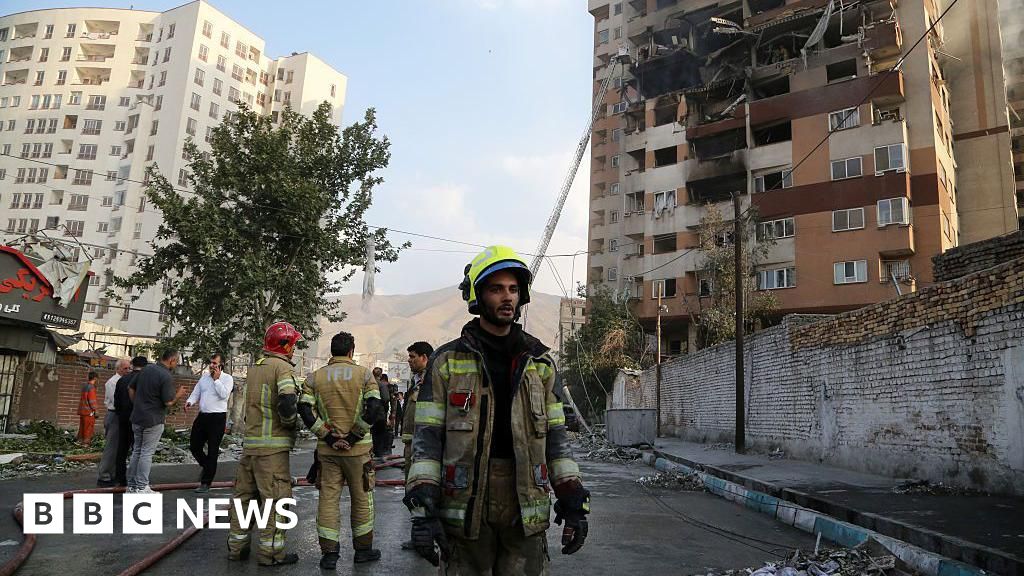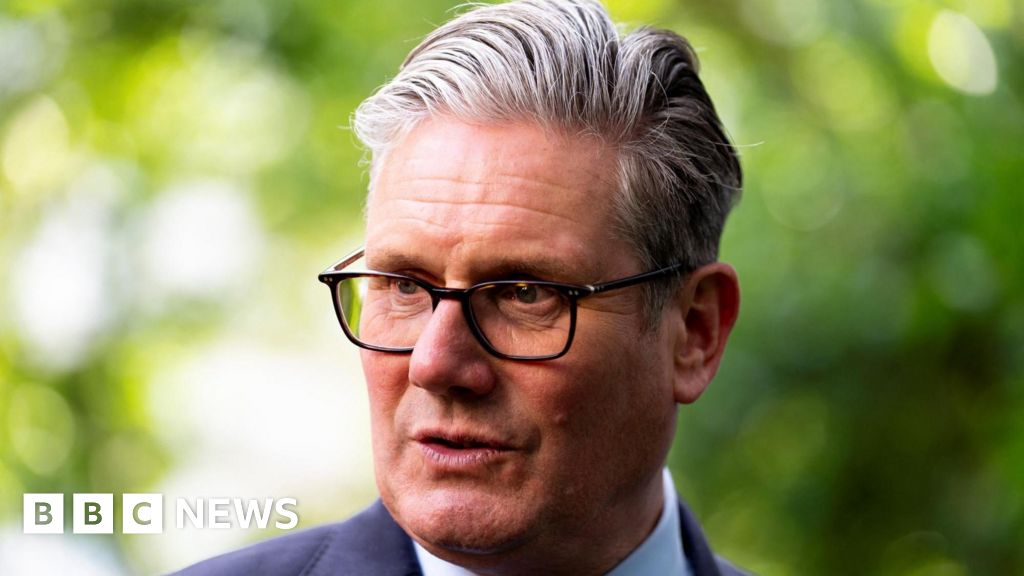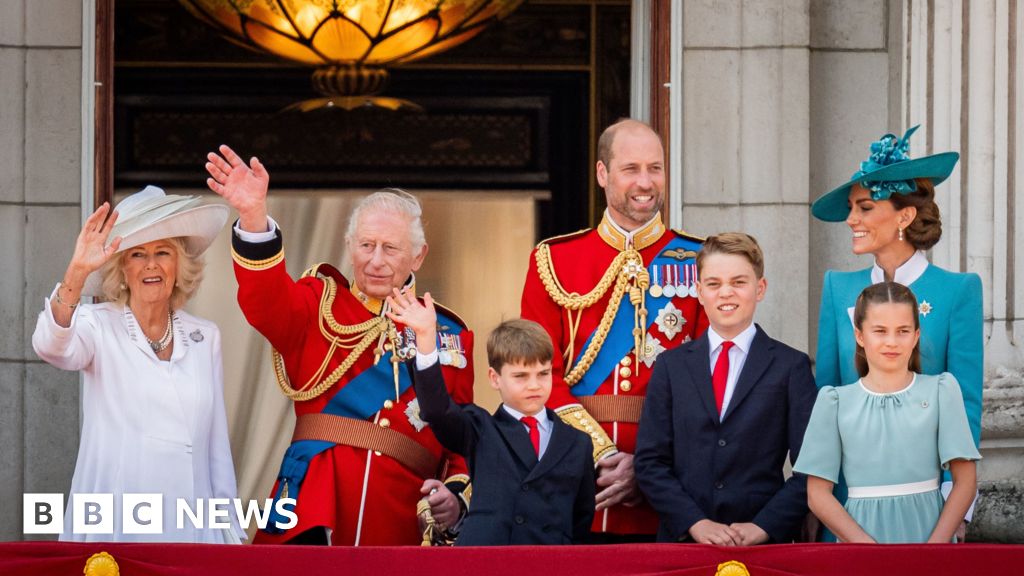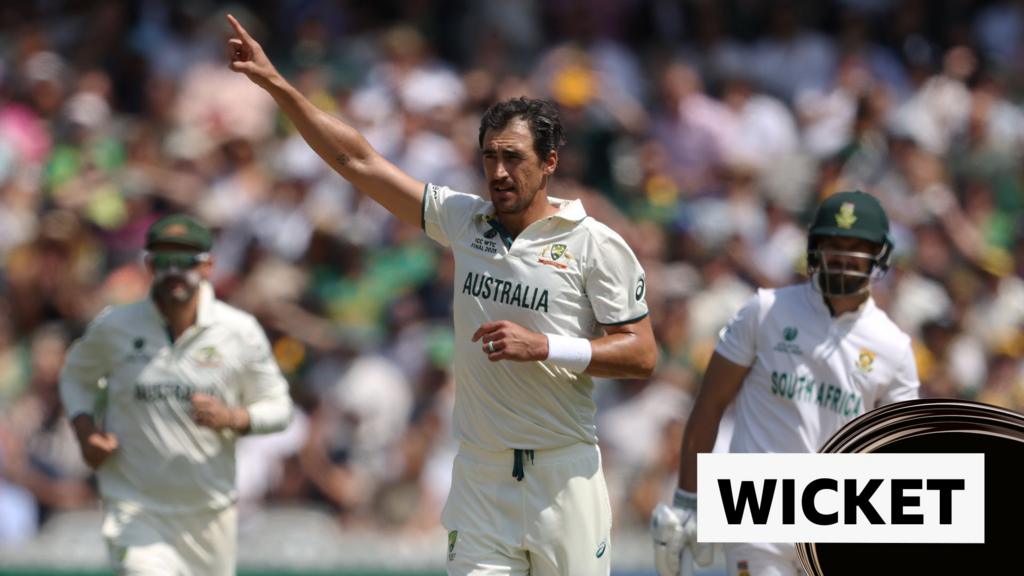 Getty Images
Getty ImagesBeyond Israel’s stated goal of destroying what it calls an existential threat from Iran’s nuclear capabilities with its attacks on Friday, Benjamin Netanyahu has a wider aim – regime change in Tehran.
Under this scenario, he might hope that the unprecedented strikes start a chain reaction leading to unrest that topples the Islamic Republic.
He said in a statement on Friday evening that “The time has come for the Iranian people to unite around its flag and its historic legacy, by standing up for your freedom from the evil and oppressive regime.”
Many Iranians are unhappy with the state of the economy, the lack of freedom of speech, women’s rights, and minority rights.
Israel’s attack is posing a real threat to Iran’s leadership.
The strikes have killed the commander of the Iranian Revolutionary Guard Corps (IRGC), the chief of staff of the armed forces, and many other high-ranking IRGC chiefs, and the Israeli attack is not yet over. Iran retaliated in the afternoon, with the Revolutionary Guard saying it carried out attacks against “dozens of targets, military centres and airbases”.
The situation escalated quickly and after Iran’s retaliatory missile attacks, Netanyahu said, “More is on the way”.
More of Iran’s leaders could be targeted.
Israel may calculate that the attacks and killings could unsettle the regime and open the way for a popular uprising.
At least this is what Netanyahu hopes for.
But this is a gamble – a big one.
There is no evidence that such a chain reaction will start in the first place, but even if it starts, it is unclear where such a process might lead.
Those with the most power in Iran are the people who control the armed forces and the economy, and most of that is in the hands of hardliners in the IRGC and some other unelected bodies.
They don’t need to stage a coup because they are already in power, and they could take Iran in a more confrontational direction.
 EPA-EFE/Shutterstock
EPA-EFE/ShutterstockAnother possible outcome could be regime collapse followed by Iran’s descent into chaos.
With a population of about 90 million people, events in the country would have a massive impact across the Middle East.
Israel’s desired outcome seems to be an uprising that ends with a friendly force taking over, but a major question here is who might be the alternative?
Iranian opposition forces have been highly fragmented in recent years and there are no clear options here.
After the unrests in 2022, known as the “Woman Life Freedom” movement that took most of Iran like a storm, some opposition groups tried to form a coalition of a wide range of anti-Islamic Republic groups and activists.
But that didn’t last long due to differences in their views on who leads the coalition and what will be the shape of the regime after toppling the current one.
Israel’s leaders might see some of these groups or personas as preferred alternatives.
For example, the Iranian former crown prince Reza Pahlavi, the son of Iran’s former Shah, who was overthrown in the country’s 1979 Islamic revolution.
He lives in exile and has been actively trying to influence foreign players to support his cause.
He also visited Israel in recent years.
Although he has gained popularity among some Iranians, it’s not clear whether that could quickly transform into a force for regime change.
There’s also the Mujahideen-e Khalq (MEK), an exiled opposition group that backs the overthrow of the Islamic Republic but is against going back to the monarchy.
Founded as a left-wing Muslim group, it previously staunchly opposed the shah.
After the revolution, the MEK went to Iraq and joined Saddam Hussein in the early 1980s during his war against Iran, which made them unpopular among many Iranians.
The group continues to be active and has friends in the US, some of whom are close to Donald Trump’s camp.
However, it appears to have less influence with the White House than during Trump’s first term, when senior US officials including Mike Pompeo, John Bolton, and Rudy Giuliani appeared at MEK gatherings and gave supportive speeches.
There are other political forces as well, from those who want to establish a secular democracy to those who seek a parliamentary monarchy and so on.
It might be too early to analyse the full extent of Friday’s attacks, but during last year’s exchanges of fire between Iran and Israel, there were no strong indications that Iranians saw those situations as an opportunity for toppling the regime.
However, those events didn’t even come close to the level of destruction during Friday’s attacks.
Islamic Republic’s endgame
We must also ask what Iran’s endgame is now.
Despite targeting a number of targets in Israel, Iran doesn’t seem to have many good options.
Some might see the safest way out as continuing to engage in negotiations with the US and aiming to de-escalate from there.
But returning to negotiations, as Trump has demanded, is a tough choice for Iran’s leaders because that would mean they have accepted defeat.
Another option is to carry on with retaliatory attacks against Israel.
This seems to be their most desired option.
This is what Iranian leaders had promised to their supporters, but even if the attacks continue, it could invite further attacks by Israel.
Tehran has in the past threatened to target US bases, embassies, and points of interest in the region.
But this is not easily achieved and attacking the US would bring it directly into the mix, which is what Iran least wants.
None of these options are easy for either side and their consequences are hard to predict.
The dust is still in the air and we won’t know until it settles what changes have taken place.

















Leave a Reply